Bounce rate: a simple and effective definition
The bounce rate is an indicator of your website's effectiveness: It is about the satisfaction of your visitors.
After the creating your website, you may be concerned about the well-being of your users, and you will probably be interested in your bounce rate.
As its name suggests, the bounce rate measures the number of visitors who "bounce" on your website. That is to say, the percentage of visitors who have left your website after only visiting one page.
After leaving your website, they continue their user journey: they close the tab or browser. But it is important to know that if a user doesn't do anything for more than 30 minutes, then this is also considered as a bounce.
Your bounce rate can be measured at two different levels:
How do you track your bounce rate?
💡 Google Analytics calculates the bounce rate in a specific way: it is a session with only one action (visiting only one website page, for example) and then the visitor leaves without doing anything.
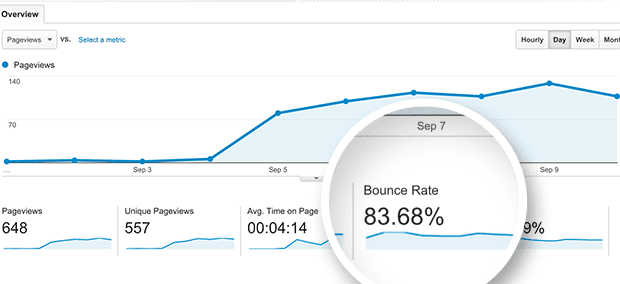
Create a website
What is a good bounce rate?
In this context, you should have concluded that a good bounce rate should be as low as possible. Because the lower your bounce rate is, the more time that visitors are spending on your page. It means they are interested in your content.
But we need to qualify this statement: depending on the nature of your site, this observation should be nuanced.
For example, if you have an e-commerce site, you should try to reduce the bounce rate as much as possible. The goal of an online store is to get visitors to look at the products and make a purchase.
Attention
But be careful: if, for example, if you have an affiliate link on your website, a
high bounce rate may indicate that visitors have followed that link. Which is your original goal. In this case, you should track the number of outgoing clicks.
On the other hand, for an editorial website that offers informative content, a high bounce rate can be a good indicator, because it means the user has found exactly what they’re looking for, by visiting the page.
Is a high bounce rate a bad thing?
As we have just seen, not necessarily.
Indeed, if your goal is to have visitors browse your website and read your content. Then yes, it is a bad sign.
However, if you have a showcase website, a one-page site, or a blog with a high number of followers (that only read your last post(s), but do it every time you publish something, congratulations, you have loyal readers), then, rest assured, this is normal.
Keep in mind that you need to adapt your KPIs (Key Performance Indicators) according to your goals and cross-reference your data. Don't be alarmed if your performance is not aligned with the standards.
However, to give you a scale, here is what is generally accepted:
How to control your bounce rate?
You can find your site's bounce rate and your site's traffic, using Google tools! Activate Google Analytics.
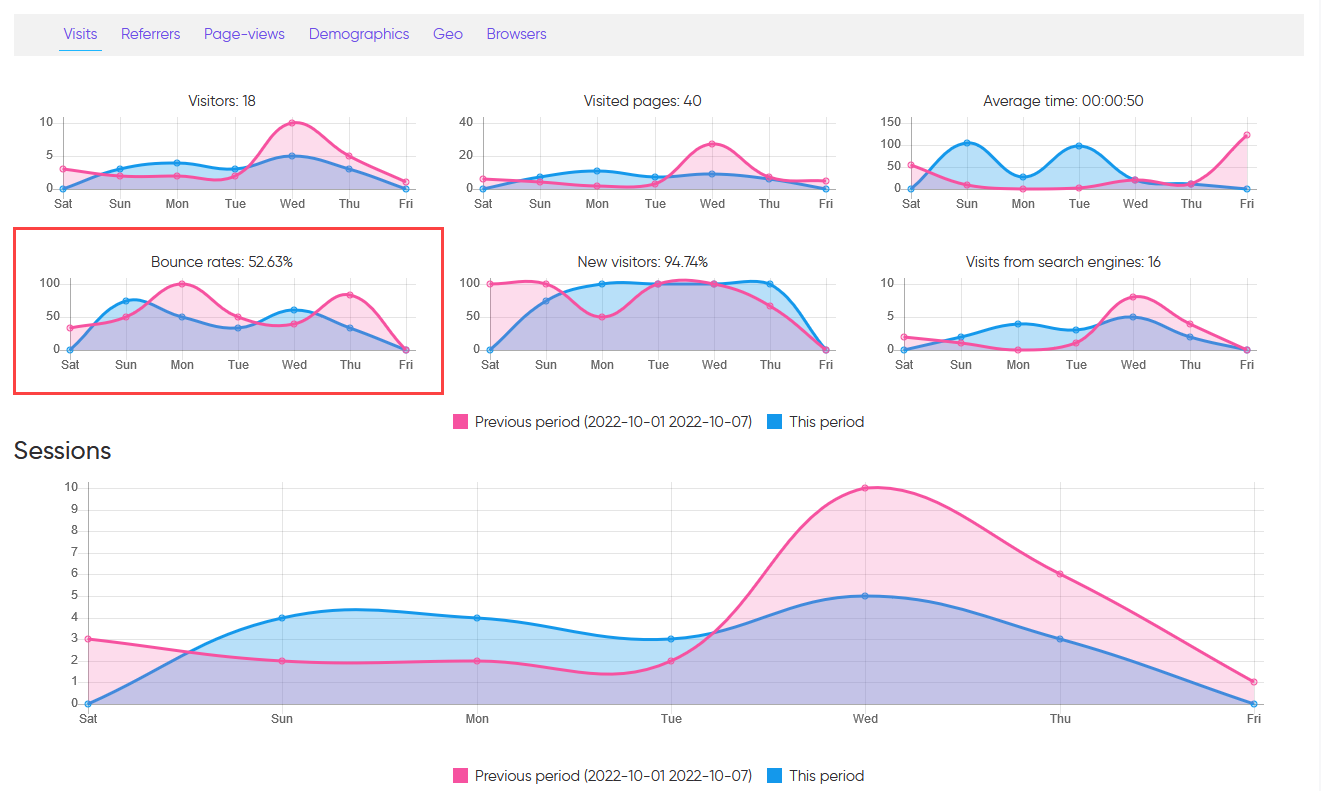
Check your bounce rate on Google Analytics (this is an example of a high bounce rate)
For example, you can take the opportunity to examine your bounce rate from different angles, on Google Analytics thanks to the reports:
-
The audience overview report shows the overall bounce rate for your whole site.
-
The channel report shows the bounce rate for each channel grouping.
-
The all traffic report shows the bounce rate for each source or media type.
-
The all pages report shows the bounce rate for individual pages.
You can also use tracking tools like Hotjar, that allows you to track user behaviour on a website.
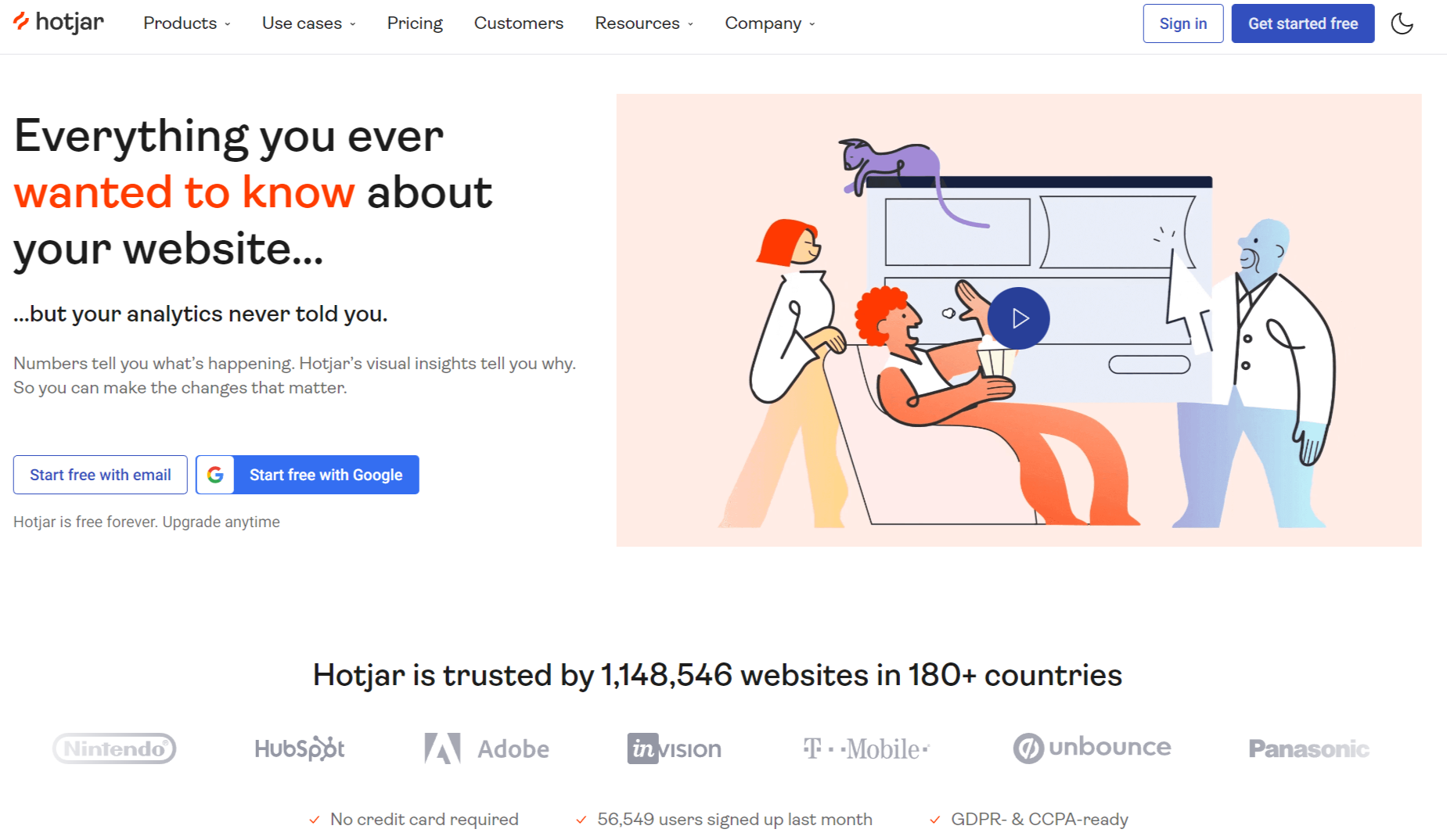
This way you will be able to find the blocking points, what frustrates the users, but also follow their path on your website and see what has been clicked.
How to interpret your bounce rate?
To properly analyze your bounce rate, you need to interpret it in terms of the exit rate.
💡 It is important to differentiate the two elements: the exit rate consists of the percentage of users who leave the website from a given page, after interacting with the site first, and the bounce rate is the percentage of visitors that leave after seeing only one page of a website.
The bounce rate alone is not enough to know how satisfied your visitors are. You have to track them and observe their behaviour carefully, like a detective.
For example, on a landing page, you can differentiate between a visitor who has carefully read your entire sales pitch and then left the page, and a visitor who has only passed by and left..
However, these two individuals will be counted in the bounce rate. So beware!
You have to analyze the user's behaviour, using other clues, for a more precise and accurate interpretation.
Once you have studied all the information and determined the pages that are underperforming, you must continue your research and understand what is happening on your site. Let's go!
High bounce rate: why?
A bad bounce rate can be an indicator of several things:
-
A technical defect: the loading time of the site is perhaps too long, and your visitors get impatient, and they might go somewhere else.
-
An aesthetic problem: the pages may be outdated, not clear, or simply unattractive. They do not inspire confidence, and do not satisfy the user.
-
Unsatisfactory content: the information on the page does not fulfil the user's expectations, and they leave, disappointed, to find their happiness elsewhere.
-
A poor user experience: music that unexpectedly appears and breaks your ears, pop-ups that keep popping up (even though you don't want them), too many GIF animations that make you nauseous, or that slow down the site…
All these elements can be prohibitive for the user, and make them want to run away!
-
A poorly structured page from a marketing point of view: a website should be built differently depending on your goals. Work on your page structure, to encourage the users to browse the site, until the achievement of your objectives.
To go further
To achieve this, it is therefore necessary to add buttons, links and visual indicators to your site… If some pages immediately drive users away, this is perhaps what you need to review.
-
Poor targeting: if you’ve got a high bounce rate from your social media, or Google Ads, change the targeting of your campaigns. Indeed, a high bounce rate, combined with a low session duration, can mean that your ads are misleading or misunderstood.
Optimize your bounce rate: what's in it for me
Why you should improve your bounce rate
There are several good reasons to try to reduce your bounce rate:
In the first case, go on!
In the second case, it will probably be necessary to make some modifications / improvements to your site.
These are reasons to work hard, to have the best possible rate.
Create a website
How to improve your bounce rate?
To improve your bounce rate, you can work on different levels. Identify your pages with the highest bounce rate, and try to understand what's going wrong.
Here are 6 levers to optimize your bounce rate:
-
Design: a site with an outdated and unattractive design does not encourage users to linger. Here, you need to highlight the content.
-
User-experience: this is a very important part of improving the bounce rate. Indeed, you have to keep in mind that when a visitor arrives at your website, they usually have a very specific request, a question, or they need information. Your site should be able to answer this question as clearly and as quickly as possible.
This is why your site should be legible, clear, and easy to navigate: with a simple and uncluttered main menu, for example.
As mentioned above, the loading speed is also important: do not load too many images and limit the scrolling height.
-
SEO: the visitors who arrive at your website through search., should be able to find a connection between your website and their request. So your keywords are very important. There should be a connection between your content and the keywords used to find your website.
-
Content quality: it goes without saying, but the more your content is catchy and attractive, the more visitors want to stay on your site…
-
Reduce the number of external links and ads. It is worth adding relevant links, if it is useful for your content. However, keep in mind that if someone clicks on one of these links, they will necessarily leave the site.
-
Your target audience: we often repeat it, like an old broken record, but it is because it is important: you must know your audience well, and adapt to it
If you don't know your target audience, your website won’t be adapted, and your visitors will probably leave without looking back
Your bounce rate has an impact on your ranking!
Case study: what's best on the web
Improve your user experience
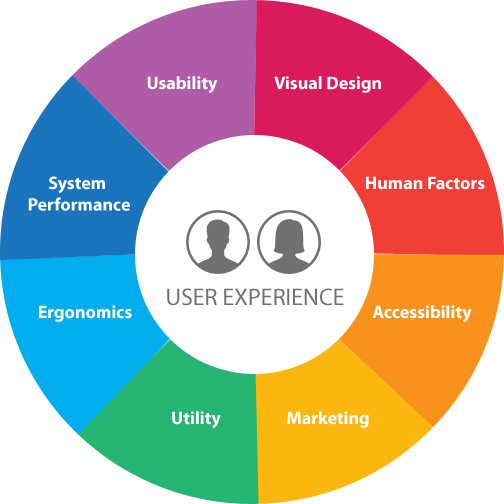
PayPal, the online payment service
Today, it is one of the best tech websites in terms of user experience. Their website design as well as their mobile application have been thought to make user actions and access to functions more intuitive.
The interface is clean and presents information in a very simple way, without fancy graphics or unnecessary functions.
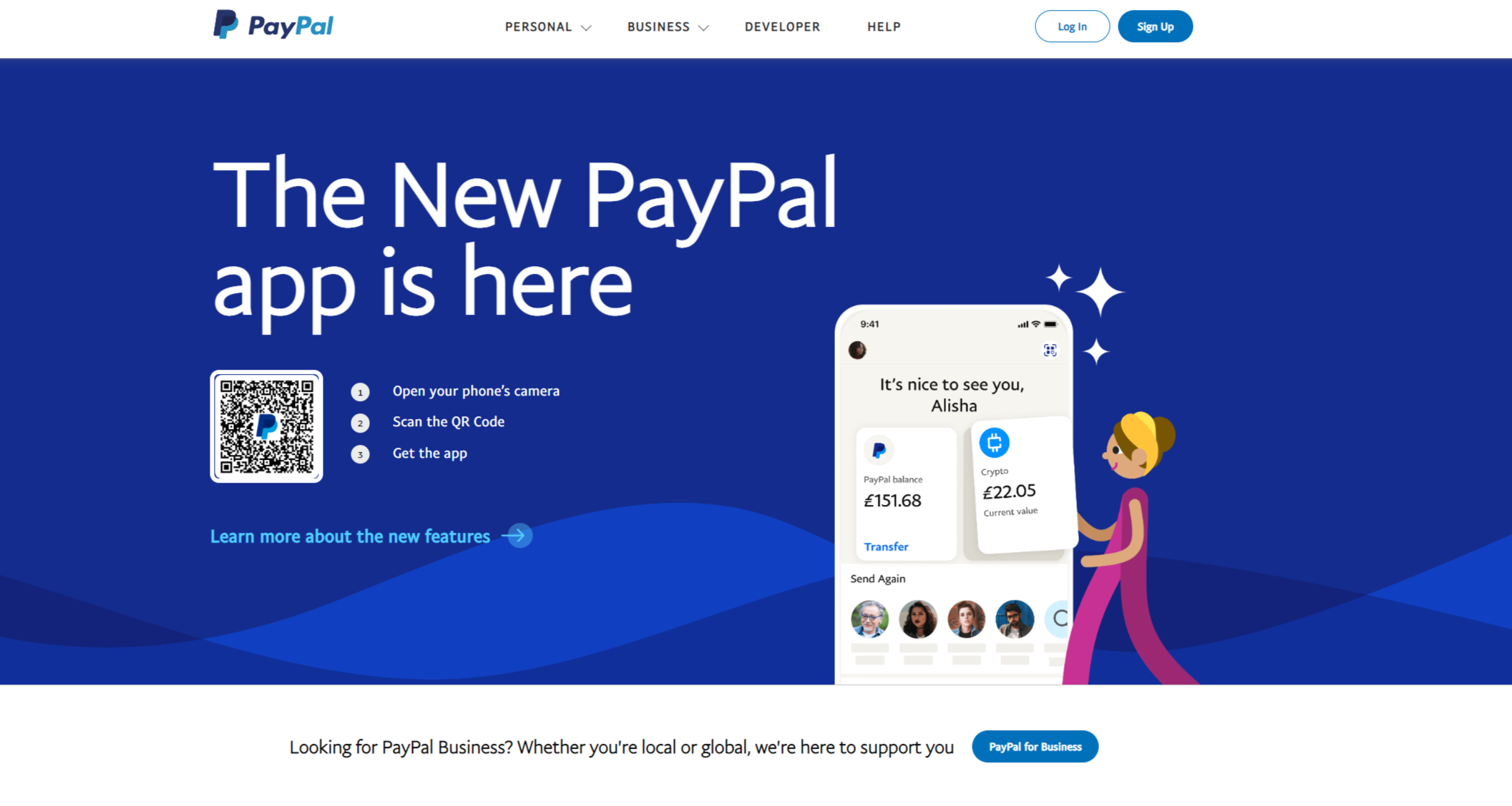
This site is known for being user-friendly and easy-to-use, to find tourist accommodation.
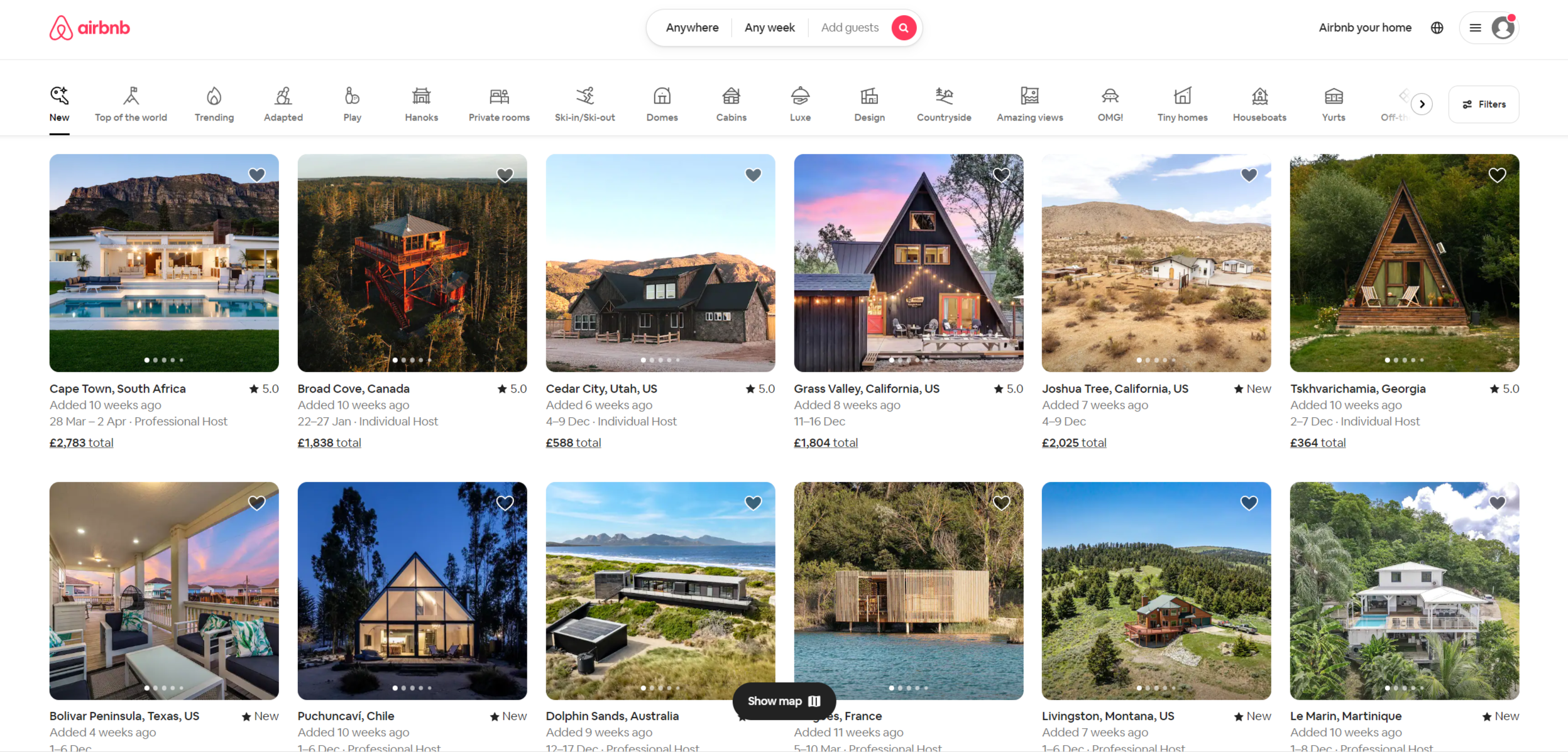
They have taken the decision to use high quality images, which provide all the necessary information: the accommodation and all the details are described with the photos.
💡 Airbnb have added a Covid-19 section to adapt to the pandemic (following the pause of their activity).
The Design Milk blog and e-shop
This design and architecture website is another very well-thought-out example.
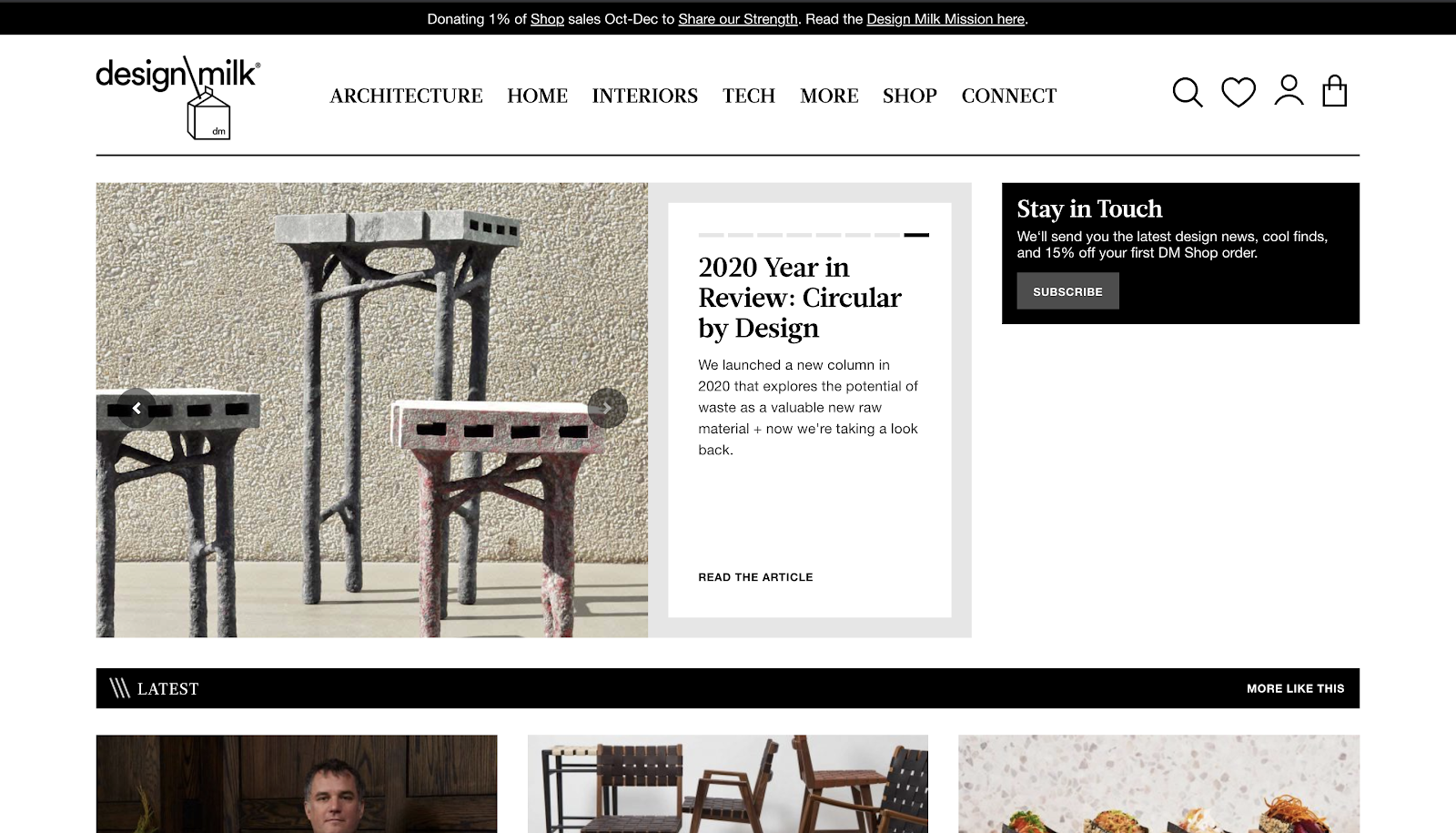
🔎 Focus on a few points:
-
The logo strengthens the brand identity. It should not be overlooked!
-
The menu is organized in sections to make information easy to read.
-
The first thing that catches the eye is the list of the latest articles.
-
You can subscribe to the newsletter at any time by using the "Stay In Touch" box and clicking on the subscribe button.
-
You can also add a "Donate" button and a link to the mission page
To see other examples, you can read the following article:
👉 Design and graphic trends
Bounce rate, to summarize
A high bounce rate is not necessarily a bad sign. On the contrary, it may be a sign of efficiency: the user may find what they're looking for quickly, and leave your page as a result.
To interpret your bounce rate, cross-reference it with other indicators (exit rate, click rate, user behaviour, conversions…).
As we have seen, reducing your bounce rate is not rocket science: once you have found the reason your visitors are leaving, all you have to do is work on it (in the best possible way.).
The bounce rate is not the only indicator, many other indicators allow you to analyze your site and its traffic.
A high bounce rate is often a sign of poor ranking.
In this case, the reasons for a high bounce rate are mainly:
-
Poor UX (slow loading speed, complicated navigation, poor mobile optimization).
-
Poor page design, poor quality of textual and visual content.
-
A mismatch between content and keywords.
Anyway, there is no secret: be methodical and persistent, and you will inevitably get results!








